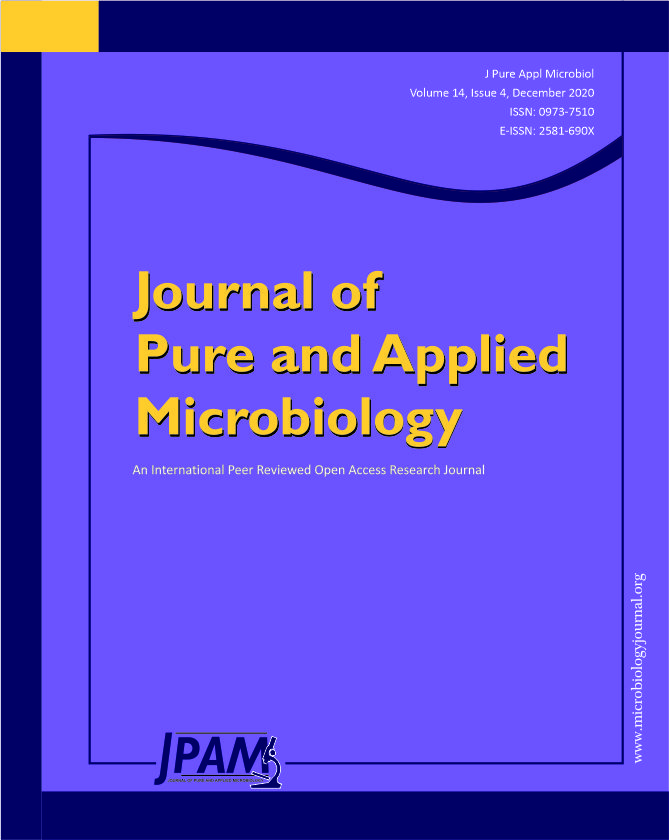Traditional antibiotic abuse caused increased the incidence of bacteria resistance to treatment. Strigolactones (SLs) are phytohormones that play a vital role in the plant growing root, shoot and flowering. We previously reported that, SLs analogues exert pro-apoptotic effects on HepG2 cell lines. The current study investigated the antimicrobial activity of selected SLs analogue TIT3 against different strains of bacteria including gram positive and gram negative bacteria: Staphylococcus aureus, Salmonella typhimuriu, Escherichia coli, Klebsiella pneumoni and B. subtilis. The results obtained were compared with 100 µg amoxicillin. Results obtained showed that, TIT3 inhibited the growth of S. cereus (50 µg), Salmonella typhimuriu (20 µg), Escherichia coli (30µg), Klebsiella pneumoni (50 µg) and B. subtilis (50 µg) with mean inhibition zones diameter being 12.1 mm , 13.2 mm, 12.5, 8.9 and 12.9 mm respectively. It was concluded that, TIT3 is promising effective antibacterial agents compared with amoxicillin for different strains of bacteria that resistant to different antibiotics.
Strigolactons analogues, TIT3, antibacterial activity
© The Author(s) 2020. Open Access. This article is distributed under the terms of the Creative Commons Attribution 4.0 International License which permits unrestricted use, sharing, distribution, and reproduction in any medium, provided you give appropriate credit to the original author(s) and the source, provide a link to the Creative Commons license, and indicate if changes were made.


